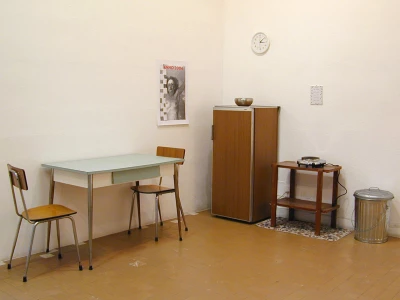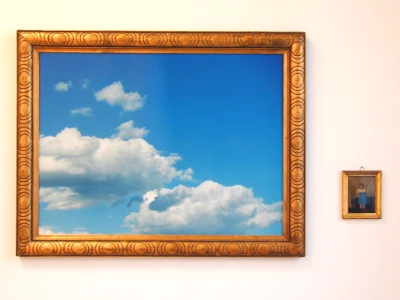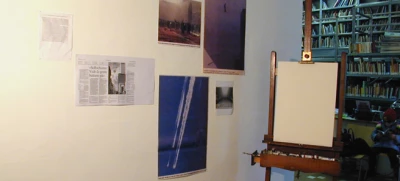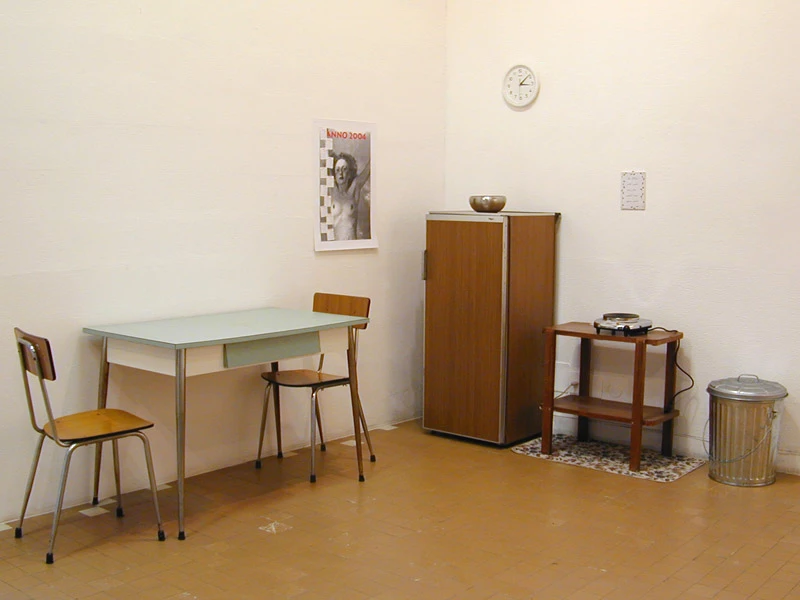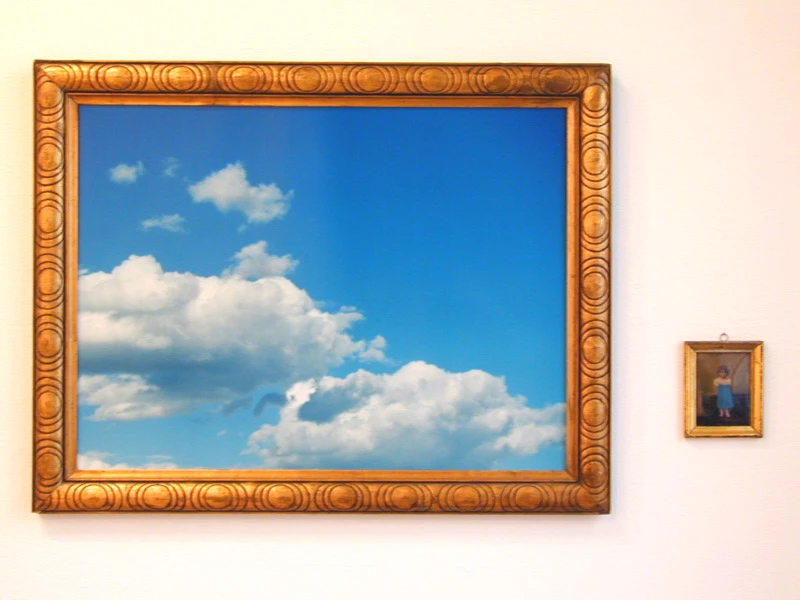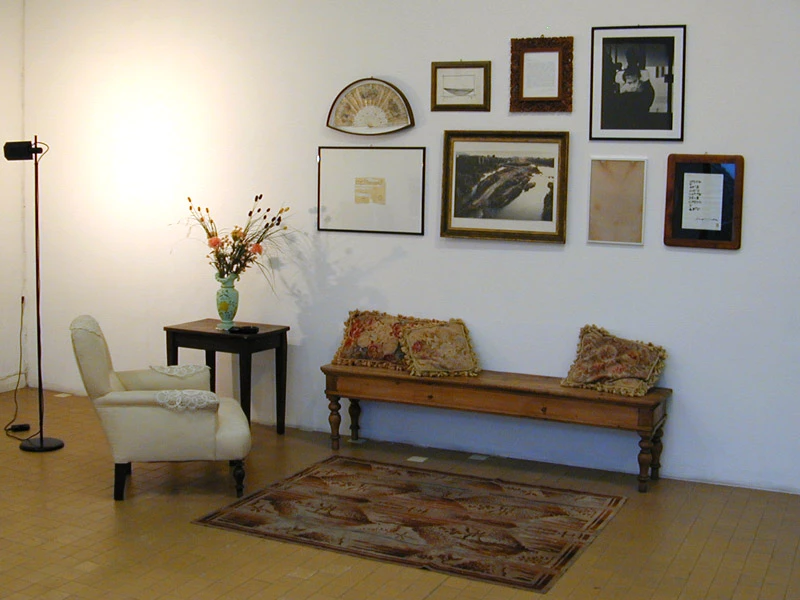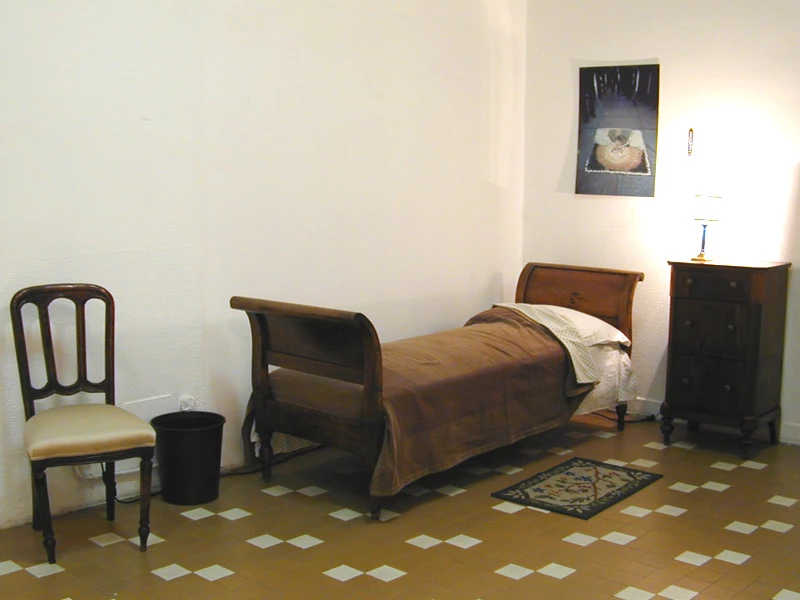Anna Valeria Borsari • L’arte come cura del mondo - il mondo come cura dell’arte
Since art became “Art” and separated itself from the world, the world began to manifest within it—as quotation, as open window, as mirror, as the gaze of a portrait that follows you as you move while looking at it. Beyond trompe-l’oeil, with the studies of optics, the penetration of the real became increasingly insistent, until the invention of photography and cinema allowed reality itself to become an image of itself, and to be fixed as such—immobile or in a sequence of movement—albeit filtered through the eye that captured it.
Compared to previous experiences, where reality was reproduced or copied using various materials through the skilled manual labor of the artist, this was an entirely new event, more akin to an imprint, a cast, a fossil; and from this arose a series of questions about what the role of the artist and of art itself now was.
In antiquity, art—besides serving decorative and illustrative purposes tied to the needs of powerful and wealthy patrons—was closely linked to sacredness: sacred images, religious chants, led to meditation, to access to a higher knowledge, to the absolute; even tragedies, for the Greeks, had a cathartic function. From totems to images of saints, miracles are still expected.
At the same time, for some time now, our culture has discovered and scientifically analyzed the therapeutic properties of art—both when observed or listened to (even cows produce more milk when listening to good music) and when created through methods developed by psychologists. The effects of colors have been studied both by philosophers like Wittgenstein and by advertising wizards.
On the other hand, the Church also used paintings to persuade, as well as to inform its faithful. And seemingly similar means can be used for very different ends: instrumental, servile, or aimed at healing and liberating the individual, granting access to a higher awareness.
Contemporary art, however, can hardly rise to this latter function, because too much noise surrounds those who produce it, and one cannot transmit to others what one has not experienced. But today, there must be room not only for managers.
The works and actions of artists like Yves Klein and Joseph Beuys indicate a path different from the one taken by the followers of Andy Warhol. And in continuing along that path in which the world increasingly enters into art (to the point where it becomes impossible to distinguish the context), images—which reach us from scenes of war or catastrophe, photographed by reporters, extracted from a newscast, enlarged, hung on a wall or in a clean space in our mind, illuminated with the right light—if spared from that process of homogenization that strips them of all meaning, can heal art, artists, and all human beings.
Text by Anna Valeria Borsari
